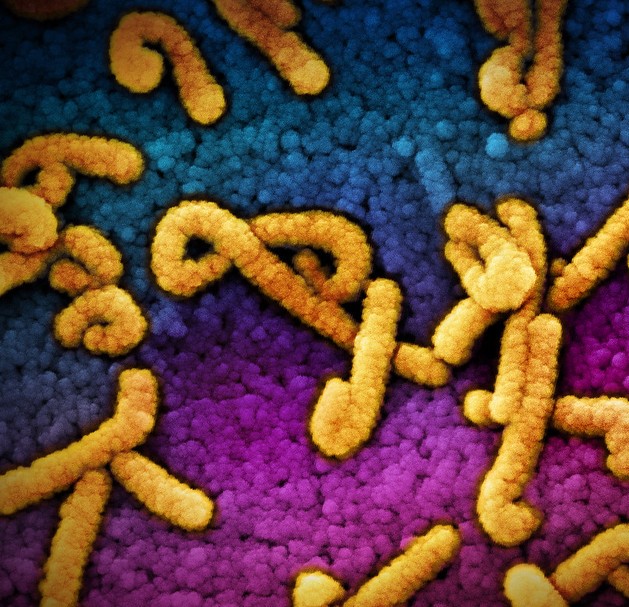
The most recently confirmed patients in Marburg virus outbreaks in Equatorial Guinea and Tanzania were discharged from treatment at the end of April, with efforts under way in both countries to shore up responses and investigate the source of the virus and earlier transmission links, the World Health Organization (WHO) said yesterday in an update.
Both countries have been battling their first outbreaks of Marburg virus, which is related to Ebola and also spreads among humans through infected body fluids.
Equatorial Guinea's last two cases were reported from Bata, the country's biggest city, and were known contacts of previous cases. The last patient was discharged from treatment on Apr 26. Tanzania's last case was the mother of a child who died from the virus in March, and she was discharged from treatment on Apr 21.
In both outbreaks, investigations are still underway, as are response efforts. In Equatorial Guinea, many cases are linked through social networks or gatherings, but earlier cases across multiple districts without clear links suggests the possibility of undetected spread, the WHO said. It added that surveillance in the country is suboptimal and that few alerts have been reported.
Meanwhile in Tanzania, the source of the virus hasn't been found, which may pose an ongoing risk to the population. All cases have been reported from Bukoba district of Kagera district, which borders Uganda, Rwanda, and Burundi.
Before starting discussions of the 42-day countdown to the end of the outbreaks, the WHO recommended that both countries complete 21-day follow-up of all listed contacts. Equatorial Guinea's total stands at 17 lab-confirmed cases, 12 fatal, and 23 fatal probable cases. Tanzania has 8 confirmed cases, 5 fatal, along with a fatal probable case.
 Cognitive behavioral therapy (CBT) lessens fatigue and improves concentration among long-COVID patients, finds a Dutch
Cognitive behavioral therapy (CBT) lessens fatigue and improves concentration among long-COVID patients, finds a Dutch 










